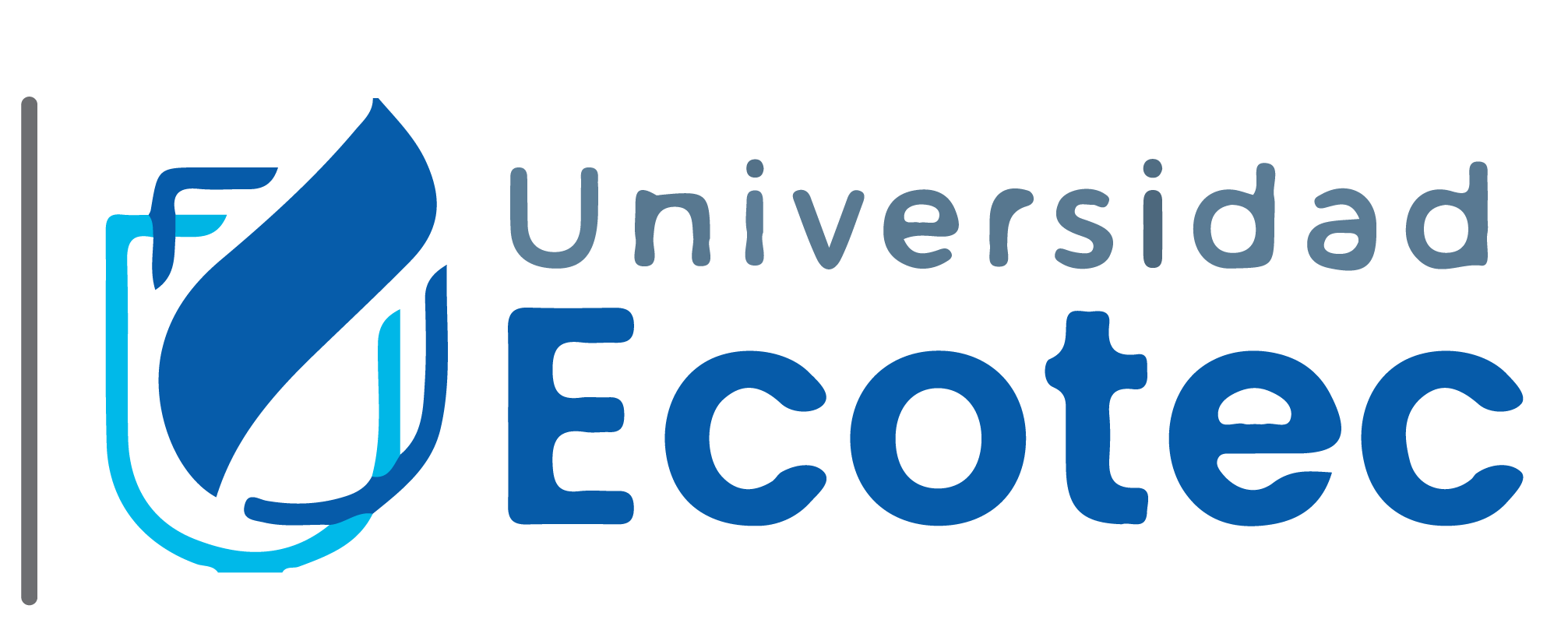Artículo
What Gets Measured Gets Managed-Circular Economy Indicators for the Valorization of By-Products in the Olive Oil Supply Chain: A Systematic Review
Resumen
0
Autores | Ma, Ting (59473983700) |
Título | Systematically visualizing ChatGPT used in higher education: Publication trend, disciplinary domains, research themes, adoption and acceptance |
Año | 2025 |
DOI | 10.1016/j.caeai.2024.100336 |
Fuente | https://www.scopus.com/inward/record.uri?eid=2-s2.0-85212187351&doi=10.1016%2fj.caeai.2024.100336&partnerID=40&md5=be9cece6c444d6a6fe20fb8d8221d960 |
Afiliaciones | Department of International Languages and Business, Shandong Foreign Trade Vocational College, China |
Tipo de acceso abierto | All Open Access; Gold Open Access |
Referencia | Scopus |
Artículo obtenido de: | Scopus |



